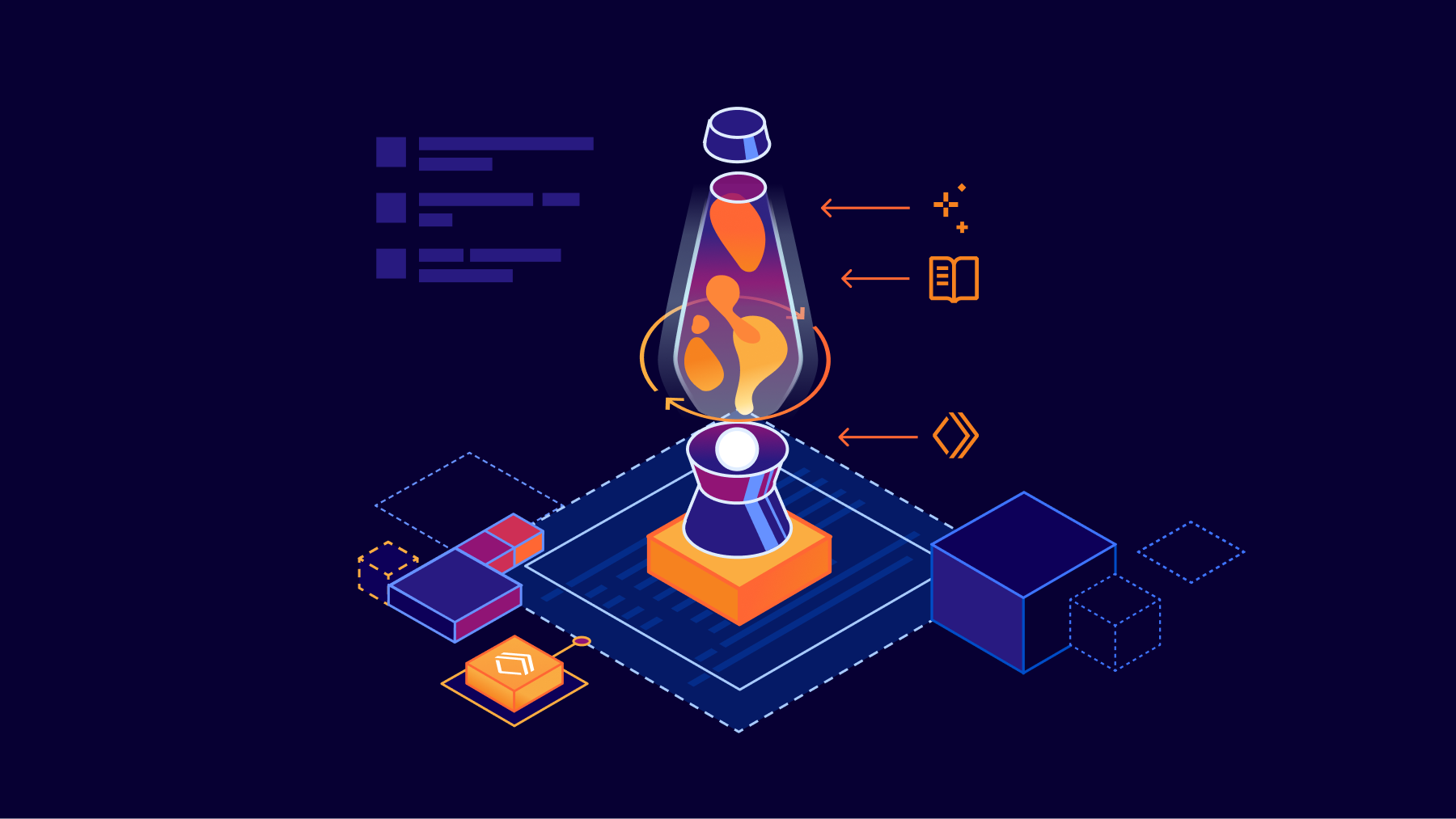Lifecycle of a Durable Object
There was a discussion around this recently. The consensus was that outgoing WebSocket connections prevented the DO from entering the "Idle, In-memory, & Hibernatable state" eventhough it's not listed as one of the three conditions that would do that in Lambros' awesome lifecycle diagram: https://developers.cloudflare.com/durable-objects/concepts/durable-object-lifecycle/. I don't think we ever got a definitive answer on that thread. Someone is going to have to run an experiment.
Cloudflare Docs
This section describes the lifecycle of a Durable Object.

